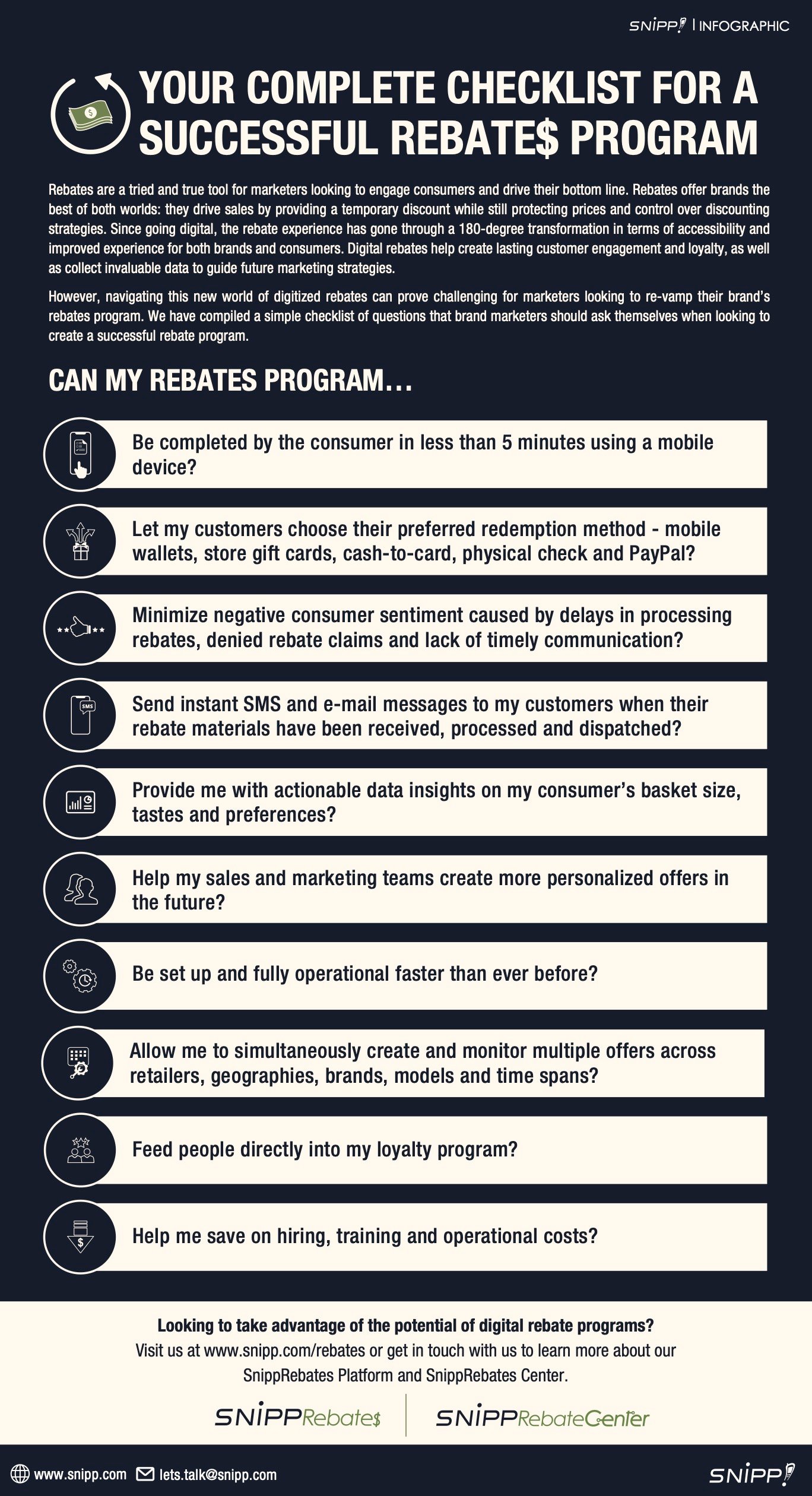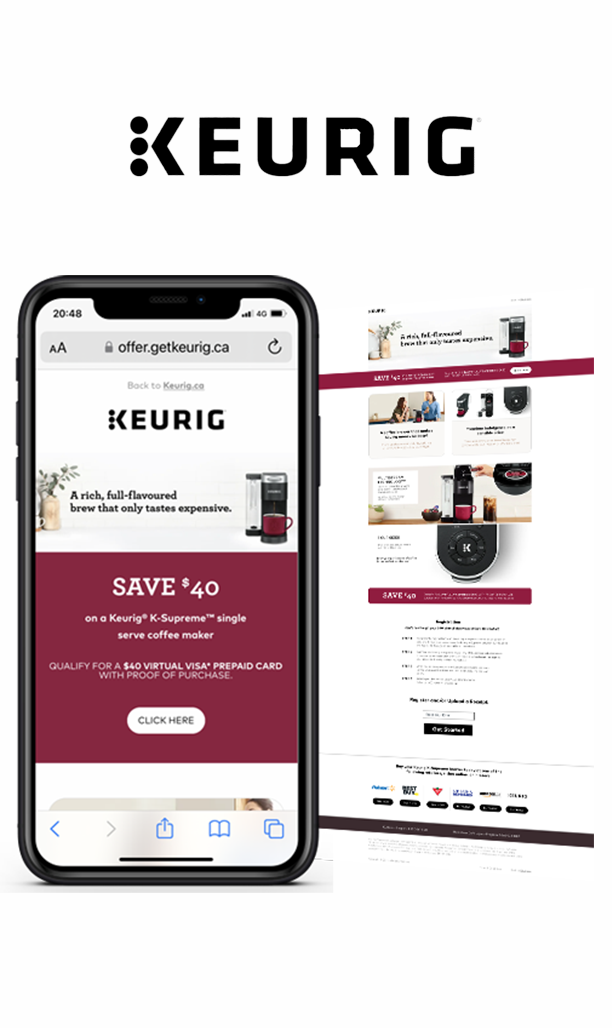Rebates are a tried and true tool for marketers looking to engage consumers and drive their bottom line. Rebates offer brands the best of both worlds: they drive sales by providing a temporary discount while still protecting prices and control over discounting strategies. Since going digital, the rebate experience has gone through a 180-degree transformation in terms of accessibility and improved experience for both brands and consumers. Digital rebates help create lasting customer engagement and loyalty, as well as collect invaluable data to guide future marketing strategies.
However, navigating this new world of digitized rebates, especially the world of digital rebate management, can prove challenging for marketers looking to re-vamp their brand’s rebates program.
Overview of Digital Rebates
Rebates, or money-back offers, are a common marketing strategy, with 53 percent of Americans having taken advantage of them in some form, and more than $76 billion in rebates processed annually in the US.
53% of Americans participate in more than $76B in rebates
But companies gain more than just a one-off sale through these promotions – rebates are a data goldmine, the process naturally provides the sponsor with purchase information, consumer demographics and a significant, intelligent customer database. When rebates are actually redeemed, that is.
Traditional mail-in rebates have been plagued with dissatisfaction around their cumbersome process requirements, slow speeds, and inconvenient redemption options. Consumers themselves are calling for a digital overhaul, with 70 percent of survey respondents saying they would be more likely to take advantage of a rebate if they could submit all of the information online or via mobile phone. In order to provide a sense of what this new world order would involve, we present the following Marketer’s Guide to Digital Rebates.





